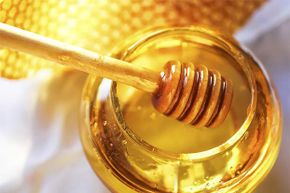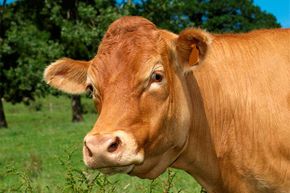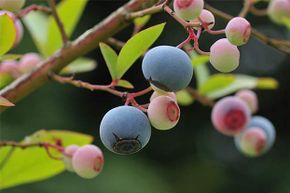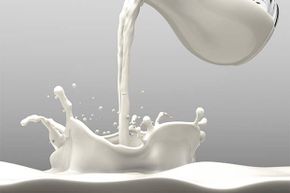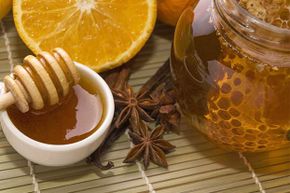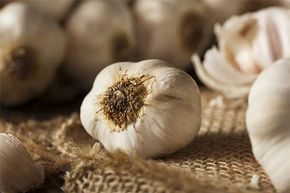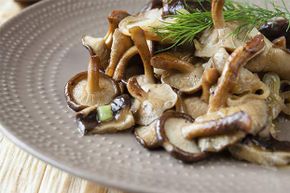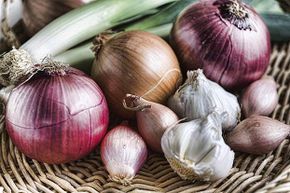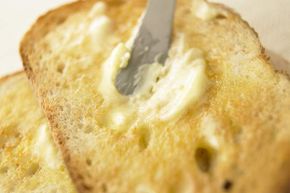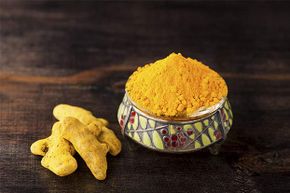Is there anything in life that isn't a double-edged sword? Take antibiotics, for example. They've turned once-deadly diseases into mere shadows of their former selves, yet too much of this seemingly good thing can actually backfire. You're probably aware that antibiotics should only be taken when necessary because the bacteria in your body can become resistant to drugs, leaving you vulnerable to future, untreatable infections [source: MedlinePlus].
Even if you follow all prescription recommendations, chances are that you and your loved ones are unknowingly coming in contact with both antibiotics and resistant bacteria via our food supply. "If we are exposing ourselves to partial courses of indiscriminate doses of antibiotics through the foods we eat we are going to be left with some degree of antibiotic resistance," says David L. Katz, MD, MPH, director of the Yale University Prevention Research Center.
Advertisement
Interestingly, even though some foods have antibiotics added to them, others contain antibiotics naturally. Keep reading to find out which foods fall into each category.
